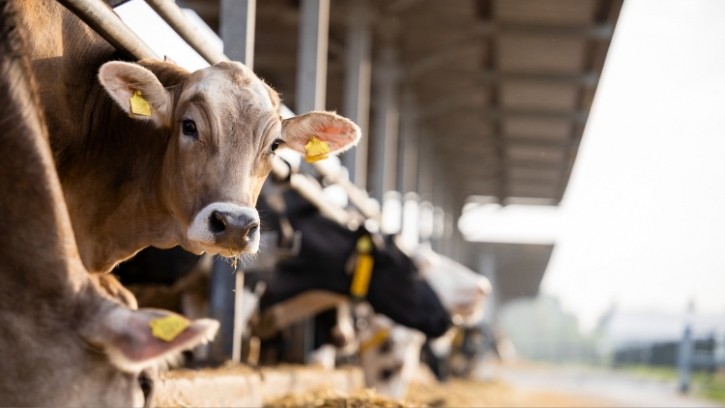News
Livestock emissions must decline 61% by 2036, researchers claim

A report from researchers at Harvard University, New York University, Leiden University and Oregon State University has provided a set of greenhouse gas (GHG) emission trajectories for the global livestock sector across high, middle and low-income countries.
Based on a survey of 210 highly experienced climate scientists and food and agriculture experts from 48 countries, the report found that emissions from livestock must peak before 2025 in high-income countries (HICs), middle-income countries (MICs) and globally, but not until after 2030 in low-income countries (LICs).
Following the peak, livestock emissions need to fall rapidly in HICs and MICs, while all countries should have a GHG reduction target for livestock production that is in alignment with an overall global reduction target of 61% by 2036.
Dr Helen Harwatt, who led the research as food and climate policy fellow with the Brooks McCormick Jr Animal Law & Policy Program at Harvard Law School, said the research had helped to provide clarity on the role livestock should play in meeting the goals of the Paris Agreement.
“The emissions trajectories for livestock outlined by the experts recognise key differences in how countries should act on this issue – there isn’t a blanket approach or a one size fits all countries – and the results reflect that,” Dr Harwatt added.
“High producing and consuming countries must do the most the soonest, and have the most ability and potential to achieve this. The results speak to the principle of common but differentiated responsibilities – which has been part of international environmental law since 1992 in that action is required from all countries, but that all countries are not equally responsible.
“What is also clear is that high consuming nations must reduce consumption – experts state that global emissions must peak by 2025 and so must the number of farmed animals – this doesn’t allow for high consuming nations to continue their ways by increasing imports from other countries while reducing their own farming emissions.”
According to the experts involved in the study, reducing the production and consumption of livestock products has potential to make very large contributions to this target. Additionally, they argued that achieving emissions reductions should not come at the cost of animal welfare and should not result in an increased number of farmed animals.
To meet this goal, more people living in HICs need to adopt a diet centred around plant-based products, while a number of policy priorities were identified for climate, agriculture and food purchasing – including the provision of financial assistance for farmers to convert their practices away from livestock production.
“The report essentially provides the first articulation of a Paris-compliant livestock sector,” added Dr Harwatt.
“Much of the political focus has been on the energy transition, however a food transition is also needed – especially for highly emitting animal products.”
In other news, a legal claim has been launched against Avara Foods alleging that the poultry supplier is polluting the River Wye and its surrounding area.




